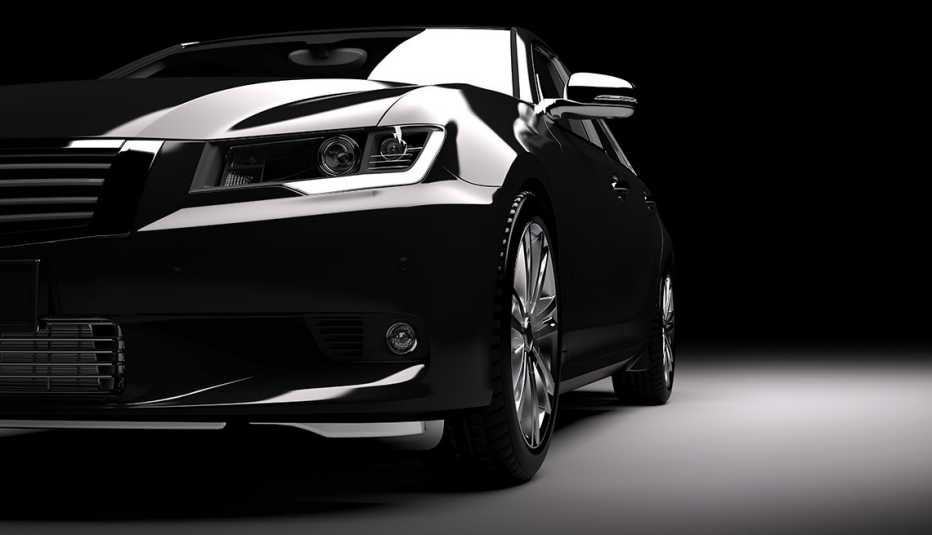AARP Hearing Center
You just bought a new car, another shiny commodity for the garage.
You want to drive it, show it off, motor to the top of that hill outside town, open the windows or put the top down and let the wind blow. Just sit there with a grin while you set the satellite radio buttons to your favorite stations.
Aaaahh. Sweet. Unfortunately, it'll never feel quite that fresh again.
Still, you don't have to let it go stale very fast — whether you're jazzed about that new car or you're taking it for granted.
Over the years, you've probably all-but-memorized the advice about oil changes, fluid checks, tire rotations and the other down-the-line maintenance to keep the machine performing right as it hits the tens of thousands of miles marks.
But — other than luxuriating in that new-car feeling — there are important things to do right now, before you get to that first scheduled maintenance.
Here's our list, courtesy of the experts, of five things you should do right now to keep that new vehicle in top shape.
First, learn everything about it
"Read the owner’s manual," emphasizes (quite vigorously) Heath Knox, a certified master technician who worked at a Chevrolet dealership and now is a technician at Integrated Deicing Services. He maintains the big deicing trucks at Pittsburgh International Airport and tends to the Ford and Jeep trucks that keep the rigs up and running.
He acknowledges that owner's manuals often are written poorly and are illogically indexed, but he advises getting through it because it'll help you get to know your new car, truck, SUV or van so well that driving it becomes intuitive.
"Be sure you understand how to use the car," says Ronald Montoya, senior consumer advice editor at Edmunds.com, auto-research and buying site. "You've gone through a whole day of negotiations and you won't have the questions" about operating the car, truck or van until after the sales transaction is over, he says. "If there's something you can't understand, go back to the dealer."
How can knowing your car make it last?
You'll know from the manual if the car needs specific treatment during a break-in period. Ignore it and you might wind up with an oil-burner or a hard-to-brake demon.
Or, let's say you aren't quite sure what each dashboard warning light means. Bingo – flat tire. The car's been trying to tell you that a tire's low for miles via the instrument panel alert. You didn't understand.
Take a more extreme example: For directions, let's say you actually use the car's navigation system instead of your smartphone with its tiny screen. But you aren't sure how to program the system. You're rolling down the road, about to be lost, and you're staring at the dashboard screen to figure out how to activate the navigation. Distracted driver — Crash!
A banged-up vehicle is off to a bad start on the longevity index. Never mind the injuries that could accompany a collision.
Have the tires and fluids checked
"We have run across incorrect fluid levels, just as we have incorrect tire pressures," says John Ibbotson, Consumer Reports' chief mechanic, about servicing brand-new vehicles. He's responsible for keeping the magazine's fleet of test vehicles – bought new from dealerships — operating and on the road.




































































